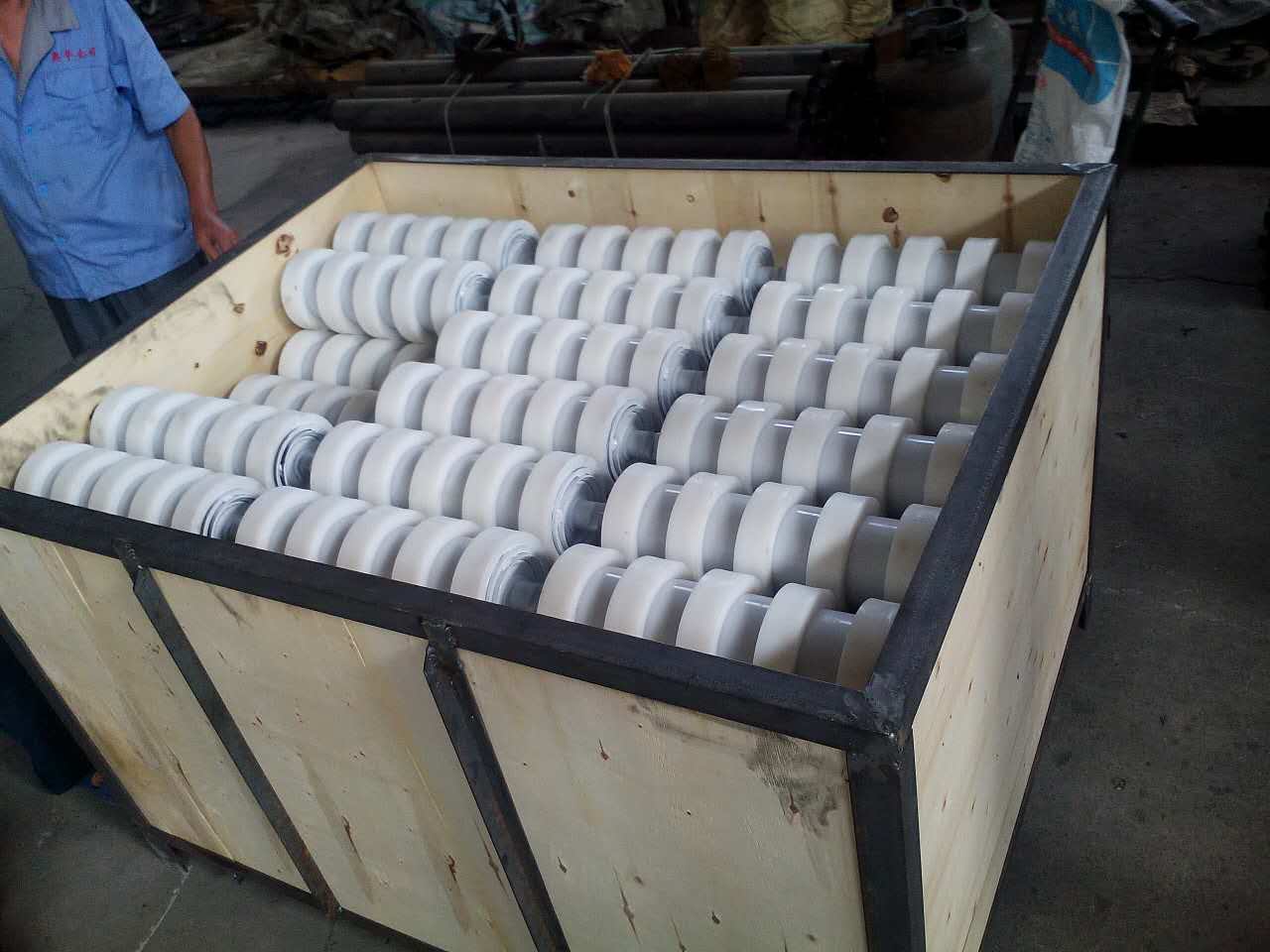 Afrikaans
Afrikaans  Albanian
Albanian  Amharic
Amharic  Arabic
Arabic  Armenian
Armenian  Azerbaijani
Azerbaijani  Basque
Basque  Belarusian
Belarusian  Bengali
Bengali  Bosnian
Bosnian  Bulgarian
Bulgarian  Catalan
Catalan  Cebuano
Cebuano  Corsican
Corsican  Croatian
Croatian  Czech
Czech  Danish
Danish  Dutch
Dutch  English
English  Esperanto
Esperanto  Estonian
Estonian  Finnish
Finnish  French
French  Frisian
Frisian  Galician
Galician  Georgian
Georgian  German
German  Greek
Greek  Gujarati
Gujarati  Haitian Creole
Haitian Creole  hausa
hausa  hawaiian
hawaiian  Hebrew
Hebrew  Hindi
Hindi  Miao
Miao  Hungarian
Hungarian  Icelandic
Icelandic  igbo
igbo  Indonesian
Indonesian  irish
irish  Italian
Italian  Japanese
Japanese  Javanese
Javanese  Kannada
Kannada  kazakh
kazakh  Khmer
Khmer  Rwandese
Rwandese  Korean
Korean  Kurdish
Kurdish  Kyrgyz
Kyrgyz  Lao
Lao  Latin
Latin  Latvian
Latvian  Lithuanian
Lithuanian  Luxembourgish
Luxembourgish  Macedonian
Macedonian  Malgashi
Malgashi  Malay
Malay  Malayalam
Malayalam  Maltese
Maltese  Maori
Maori  Marathi
Marathi  Mongolian
Mongolian  Myanmar
Myanmar  Nepali
Nepali  Norwegian
Norwegian  Norwegian
Norwegian  Occitan
Occitan  Pashto
Pashto  Persian
Persian  Polish
Polish  Portuguese
Portuguese  Punjabi
Punjabi  Romanian
Romanian  Russian
Russian  Samoan
Samoan  Scottish Gaelic
Scottish Gaelic  Serbian
Serbian  Sesotho
Sesotho  Shona
Shona  Sindhi
Sindhi  Sinhala
Sinhala  Slovak
Slovak  Slovenian
Slovenian  Somali
Somali  Spanish
Spanish  Sundanese
Sundanese  Swahili
Swahili  Swedish
Swedish  Tagalog
Tagalog  Tajik
Tajik  Tamil
Tamil  Tatar
Tatar  Telugu
Telugu  Thai
Thai  Turkish
Turkish  Turkmen
Turkmen  Ukrainian
Ukrainian  Urdu
Urdu  Uighur
Uighur  Uzbek
Uzbek  Vietnamese
Vietnamese  Welsh
Welsh  Bantu
Bantu  Yiddish
Yiddish  Yoruba
Yoruba  Zulu
Zulu Essential Components for Efficient Conveyor Systems and Their Maintenance
Understanding Conveyor Parts An Essential Component of Modern Industry
In the fast-paced world of manufacturing and logistics, conveyor systems play a crucial role in enhancing efficiency and productivity. These systems are made up of various components, each serving a specific function to ensure smooth operation. Understanding conveyor parts is essential for anyone involved in the design, maintenance, or operation of these systems.
1. Conveyor Belts
At the heart of any conveyor system is the conveyor belt. These belts come in various materials, including rubber, plastic, and metal, each chosen based on the specific application. The conveyor belt serves as the surface on which goods or materials are transported from one point to another. The selection of the appropriate conveyor belt is critical, as it impacts both the durability of the system and the safe handling of materials.
2. Drive Motors
The drive motor is another vital component of a conveyor system. It is responsible for powering the conveyor belt and guiding its movement. The drive motor's size and mechanism depend on the system's load capacity and the speed required for material transportation. Proper maintenance of the drive motor ensures the longevity and reliability of the conveyor system.
3. Rollers
Conveyor rollers are used to support and guide the conveyor belt. They are essential for minimizing friction and wear on the belt, enabling smooth movement. Rollers can be idler rollers, which simply support the belt, or drive rollers, which are responsible for moving the belt. The material and design of the rollers vary depending on the type of conveyor system, be it a flat belt conveyor or a more complex roller bed conveyor.
4. Pulleys
conveyor parts

Pulleys are key components that help in the operation of the conveyor belt. They are situated at the ends of the conveyor and are used to guide and tension the belt. The main types of pulleys include drive pulleys, which are connected to the motor, and tail pulleys, which help maintain the belt's tension. Proper pulley alignment and maintenance are crucial for the overall performance of the conveyor system.
5. Chassis and Framework
The chassis or frame of a conveyor system provides the structural support for all other components. It is typically made from steel or aluminum and is designed to withstand the weight and stress of the materials being transported. A robust framework is essential to ensure stability and prevent damage to the system during operation.
6. Control Systems
Modern conveyor systems often incorporate advanced control systems. These systems utilize sensors, programmable logic controllers (PLCs), and human-machine interfaces (HMIs) to monitor and control the operation of the conveyor. They can help in optimizing speed, detecting jams, and ensuring safety protocols are adhered to. Proper training in the use of these control systems is essential for operators to maximize the efficiency and safety of the conveyor system.
7. Conveyor Accessories
Various accessories can enhance conveyor system performance. These may include side guards to prevent items from falling off the belt, belts cleaners to maintain hygiene and efficiency, and impact bars to protect the system from heavy loads. Depending on the application, additional accessories like guide rails and support stands may also be utilized.
Conclusion
In summary, conveyor parts are integral to the functionality of conveyor systems in various industries, including manufacturing, distribution, and warehousing. A thorough understanding of each component—ranging from conveyor belts and drive motors to rollers, pulleys, and advanced control systems—enables better design, operation, and maintenance of these systems. As industries continue to evolve, the importance of efficient material handling through well-designed conveyor systems will only increase, underscoring the need for knowledgeable personnel in this critical area. Ultimately, investing in quality conveyor parts and ensuring proper maintenance will lead to enhanced operational efficiency, reduced downtime, and increased productivity across the board.
-
Revolutionizing Conveyor Reliability with Advanced Rubber Lagging PulleysNewsJul.22,2025
-
Powering Precision and Durability with Expert Manufacturers of Conveyor ComponentsNewsJul.22,2025
-
Optimizing Conveyor Systems with Advanced Conveyor AccessoriesNewsJul.22,2025
-
Maximize Conveyor Efficiency with Quality Conveyor Idler PulleysNewsJul.22,2025
-
Future-Proof Your Conveyor System with High-Performance Polyurethane RollerNewsJul.22,2025
-
Driving Efficiency Forward with Quality Idlers and RollersNewsJul.22,2025





























